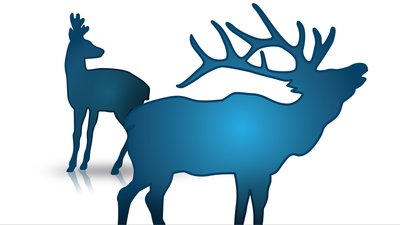You shouldn't perform the same exercises day in and day out, and you shouldn't be a slave to the same old meat for your protein fix, either. Eating different types of animal flesh can help flood your body with a wider range of health-hiking nutrients and tantalize your palate with new flavors.
Sure, you could switch things up by swapping out chicken breast for turkey drumsticks, or beef sirloin for lamb shanks, but to really change things up, consider hoofing it over to a well-stocked butcher for some exotic meats. Bison and other meats are a surefire way to load up on muscle-sculpting protein and other vital nutrients with little worry about overloading on fatty calories.
After learning more about the goodness of these meats, you'll no longer be asking, "Where's the beef?"
Venison
Venison—or deer, in layman's terms—is a slightly fruity tasting, crimson meat that boasts an impressive 15-to-1 protein-to-fat ratio, making it one of the best hunks of animal you can place on your dinner plate to build muscle. It's also a good source of niacin, a B vitamin essential to producing energy within the body.
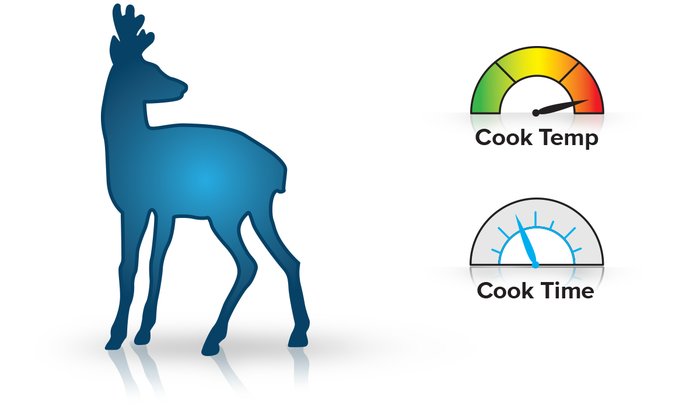
Flawless Feast: Like other lean meat, venison needs to be handled with care and should never be overcooked. To avoid potentially serving an expensive piece of chewy meat, it's best to prepare venison cuts, such as loin, over a high heat for a shorter time, and to not go past medium-rare.
Elk
Even more impressive than the towering rack of antlers is the nutritional payload elk can contribute to your diet. What the mildly sweet and tender meat lacks in saturated fat—just 2 grams in a 3-ounce serving—it makes up for with notable amounts of B vitamins, iron, and zinc, all of which may help support healthy testosterone levels in men.
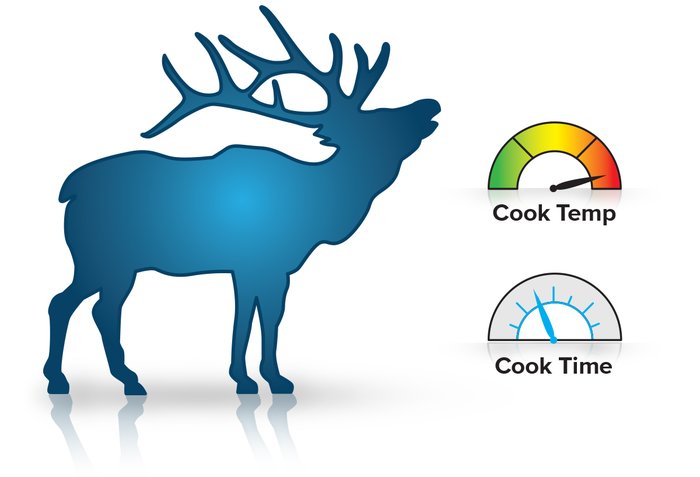
What's more, elk's bounty of protein could help keep you feeling full and avoid needless gut-busting snacking. Researchers at Rowlett Institute of Nutrition and Health (United Kingdom) found that eating a higher-protein diet (30 percent of calories from protein) significantly decreased hunger ratings compared to a diet consisting of 15 percent protein.[1] This could be one reason why higher-protein diets have been linked to improved body composition.
Health bonus: The use of growth-enhancing hormones and antibiotics are not permitted in elk production.
Flawless Feast: With elk burgers and steaks, leave a little bit of pink in the center to avoid tough meat. Also, look out for elk-meat sticks that make for a protein-packed on-the-go snack.
Bison
Of all the exotic meats available, bison, aka buffalo, is often the easiest to locate at the butcher counter, since many people consider it the most similar to standard beef. But rest assured that bison will have a much richer flavor than any steak sourced from a factory farm cow.
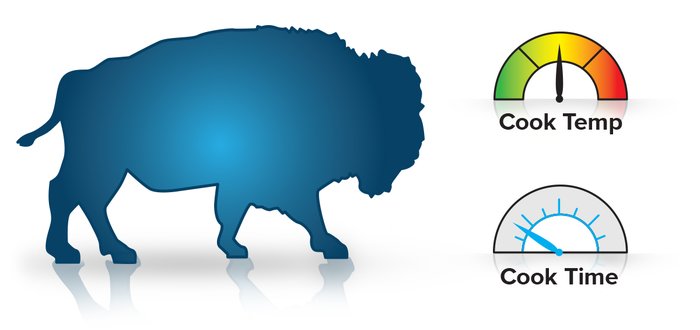
Bison may also be a more heart-healthy red-meat option than beef. In a recent study published in the Nutrition Research, scientists found that, after consuming a 12-ounce serving of bison, subjects had lower blood-triglyceride levels compared to subjects who consumed the same amount of beef. Following chronic consumption—defined here as seven weeks—subjects who consumed beef had significantly elevated markers of inflammation, whereas those who consumed bison observed no change in markers of inflammations or oxidative stress.[2]
Why might this be? The authors surmise that differences in how the animals are raised lead to nutritional differences, making America's original red meat healthier. For example, bison are more likely to be pasture raised than cattle. And since bison are typically sent to slaughter later in life than industrial cattle, the meat can also have higher amounts of highly absorbable iron.
Flawless Feast: Compared to beef, this meat requires about one-third of the heat and therefore one-third of the time! Bison is best enjoyed medium-rare or medium. Be sure to allow your meat to rest 10-15 minutes to maximize the tenderness!
Wild Boar
Over recent years, most pork on the market has had the flavor bred out of it. If you want to once again reclaim your love for the hog, consider hunting down a forward-thinking butcher and splurging for some richer-tasting wild boar. Free-range animals like boar that graze on a variety of foraged food are exposed to a wider nutrient net and take part in more muscle-enhancing movement. This generates a deeper-flavored meat than beasts confined to crammed factory farms and raised solely on grain.

The nutritional virtues of wild boar include plenty of muscle-sculpting protein, immune-system-enhancing zinc, and selenium, a potent antioxidant that has been linked to improved mood.[3]
Flawless Feast: For the safest meat, it's best to cook boar to an internal temperature of 160 degrees F. This will bid adieu to any potentially dangerous bacteria, but still maintain pleasant texture.
Ostrich
We've got no beef with chicken as a protein, but when it comes to feathered meat alternatives, look no further than ostrich. Unlike chicken or turkey, this large flightless bird native to Africa is in fact a red meat, so it delivers more robust flavor and the meaty texture of typical steak.
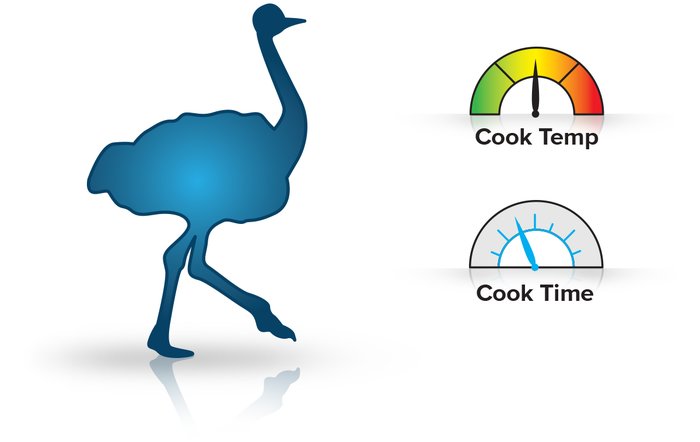
Grill up an ostrich burger or steak and you'll get your fill of lean protein as well as vitamin B-12, a nutrient that supports a healthy nervous system. Also keep an eye out for a local supplier of emu, another ancient bird with nutrient-dense, great-tasting red flesh.
Flawless Feast: Ostrich should be cooked at a very high temperature for as little time as possible. The best way to enjoy ostrich is rare, or pink-looking, which enhances the natural tenderness of the meat.
Greener Pastures
Unless you take down an animal yourself or are chummy with a hunter willing to share some of his or her harvest, North America-harvested meat for sale is likely farm raised. And in most states, restaurants are required to obtain their protein from sources where the meat has been slaughtered under inspection. That makes serving up animals that have been hunted from the wild a challenge for chefs to obtain legally. On the upside, with farm-raised animals, no need to worry your meat will taste too "gamey."
Unfortunately, as exotic meats—particularly bison—gain popularity, some are being raised similarly to beef—that is, on feedlots, where they are stuffed mostly on grains instead of pasture. This is a dietary switcheroo that will degrade the meat nutritionally. An example is the increase in the ratio of omega-6 to omega-3, which can drive up inflammation in the body and potentially slow down fitness gains from training.
For the biggest nutritional bang for your buck, do your due diligence and search out exotic meats that hail from animals with plenty of room to roam on open pasture to feast on.
Nutrition Facts
- Venison: 150 calories, 30 g protein, 2 g fat
- Elk: 167 calories, 31 g protein, 4 g fat
- Bison: 143 calories, 28 g protein, 2 g fat
- Boar: 160 calories, 28 g protein, 4 g fat
- Ostrich: 155 calories, 28 g protein, 4 g fat
- Beef, tenderloin: 308 calories, 25 g protein, 22 g fat
- Beef, lean ground: 178 calories, 21 g protein, 10 g fat
Note: Values based on 100 grams cooked
References
- Lobley, G. E., Holtrop, G., Horgan, G. W., Bremner, D. M., Fyfe, C., & Johnstone, A. M. (2015). Responses in gut hormones and hunger to diets with either high protein or a mixture of protein plus free amino acids supplied under weight-loss conditions. British Journal of Nutrition, 113(08), 1254-1270.
- McDaniel, J., Askew, W., Bennett, D., Mihalopoulos, J., Anantharaman, S., Fjeldstad, A.S., Rule, D.C., Nanjee, N.M., Harris, R.A. & Richardson, R.D. (2013). Bison meat has a lower atherogenic risk than beef in healthy men. Nutrition Research, 33(4), 293-302.
- Conner, T.S., Richardson, A.C. & Miller, J.C. (2015). Optimal serum selenium concentrations are associated with lower depressive symptoms and negative mood among young adults. Journal of Nutrition, 145(1), 59-65.

